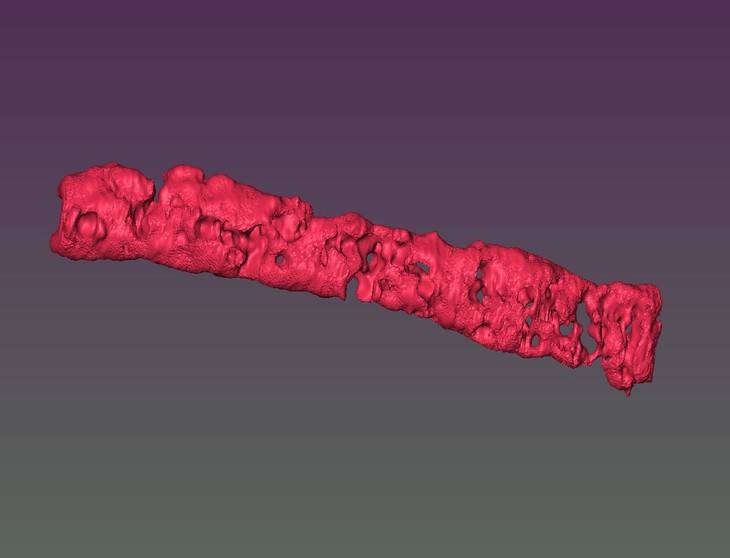Credit: www.3dprintingindustry.com
Researchers from Pennsylvania State University have created a novel 3D printing method to create tissue building blocks with micropores.
According to the Penn State team, micropores in artificial tissues forming bone and cartilage allow nutrient and oxygen diffusion into the core. By 3D printing stem cells derived from human fat mixed with sodium alginate porogens found in seaweed, the materials can be extruded into tiny particles that, when dissolved, leave behind pores in the fabric of the tissue.
Such additively manufactured porous structures allow both nutrients and other fluids to circulate and demonstrate the potential for lab-grown tissue containing blood vessels. Ibrahim T. Ozbolat, associate professor of engineering science and mechanics, at Penn State said:
“Cells die if nutrients and oxygen can’t get inside. One of the problems with fabrication of tissues is that we can’t make them large in size.”
“THESE PATCHES CAN BE IMPLANTED IN BONE OR CARTILAGE. THEY CAN BE USED FOR OSTEOARTHRITIS, PATCHES FOR PLASTIC SURGERY SUCH AS THE CARTILAGE IN THE NASAL SEPTUM, KNEE RESTORATION AND OTHER BONE OR CARTILAGE DEFECTS.”
3D printing tissue with micropores
Considered as an alternative to vascularization, the researchers are creating tissue building blocks with micropores in an effort to grow blood vessels within tissue. The outcome has been dubbed as porous tissue strands.
Using the stem cells mixture, the researchers 3D printed strands of undifferentiated tissue which then combined to form patches of tissue. The tissue was then exposed to a chemical solution which converts the stem cells into specific cells, in this case, bone or cartilage.
As cartilage does not contain blood vessels, porous structures can be easily created to produce implants with natural porosity. Currently, only tiny patches can be made, however, in a recent issue of Biofabrication, the researchers reported that the strands maintained 25% porosity and have pore connectivity of 85% for at least three weeks.
The researchers at Penn State involved in this study include Yang Wu, Monika Hospodiuk, Hemanth Gudapati, Thomas Neuberger, Srinivas Koduru, and Dino J. Ravnic, as well as Weijie Peng, from the department of pharmacology at Nanchang University, China.


